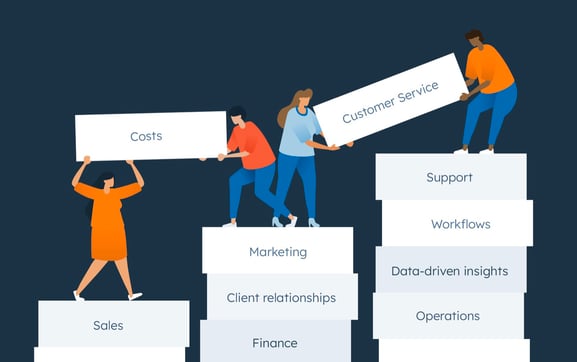2. Fitness Trackers
Rather than only running one mile every week, students can keep track of their daily fitness progress and growth over the class term.
3. Video Recorders & GoPros
Wearable, portable video recorders can be used by teachers to record lessons and in-class discussions, which can be viewed later by students who were absent that day or could not attend.
4. Smart Watches
Smartwatches can enhance communication between students and teachers and help students be more responsible and self-regulating in learning experiences.
5. Google Glass
Google Glass takes all of the capabilities of a smartphone and places them around the wearer’s head. They come with WiFi and 4G technology, allowing teachers and students to communicate with one another, even when at home.
6. Waverly Labs Real-Time Translator
This ear-mounted tool lets teachers teach, and learners learn, regardless of any language barriers. This could also be invaluable in language classes.
7. Emotiv
This brain activity monitor would be interesting to see in classroom applications, as teachers see the emotional and thought responses evoked by their lessons.
8. Shima Glasses
With a pair of smart glasses, students would have access to their phones’ smart features right in front of their eyes, letting them do research and communicate with their teachers in real-time.
9. Digital Contact Lenses
Like a GoPro, these can be used to record lessons and lectures for later use by students and teachers.
10. Dagri Smart Helmet
This helmet is meant to augment workers by providing them with information and visuals on the go. Perfect for teachers and students who have trouble retaining lots of information.
11. Neptune Duo SmartWatch
With this ‘smarter’ smartwatch, students and teachers can access lesson materials, interact with student response apps, store information, and more.
12. Gesture-Based Computing
While this is not exactly a wearable technology, there are wearables designed to interact with gesture-based computing. This could be useful for interactive virtual tours, sign language recognition, and more.
13. Intel RealSense
This is an enabling technology with various applications, from storytelling to exploring health sciences, gamification, and more.
14. Duo Skin Jewelry
These can be used as a controller in a more hands-on subject, like sciences, physical education, and healthcare.
15. Finger IO
This technology can be applied to student response systems and the applications of the previous technology.
16. NailO
This could be a small, portable alternative to a student’s response tool and could be used to control other technology.
17. Proglove
This tool serves much the same function as the Dagri Smart Headset, though it’s mounted on the wrist rather than the head.
18. The Dash Wireless Headphones
These wireless headphones can be used in the same way as regular headphones for audio-based content, like music classes, but without being tethered to a cord.
19. Tobii Eye Tracking
This could be a good way for students to interact with their computers without using their hands.
20. Eyefluence
This eye-tracking software functions the same as Tobii. However, it seems that there are custom interactive apps available for it as well.
Concluding Thoughts
Like many other facets of edtech, the world of wearable technology is evolving quickly. It would be great to see some of these technologies become a core part of the classroom, especially those focused on accessibility.





More Stories
English Language Teaching and Learning: Creating a “Smart” Classroom
Science and Technology, IT And Space
Universal Design and Assistive Technology